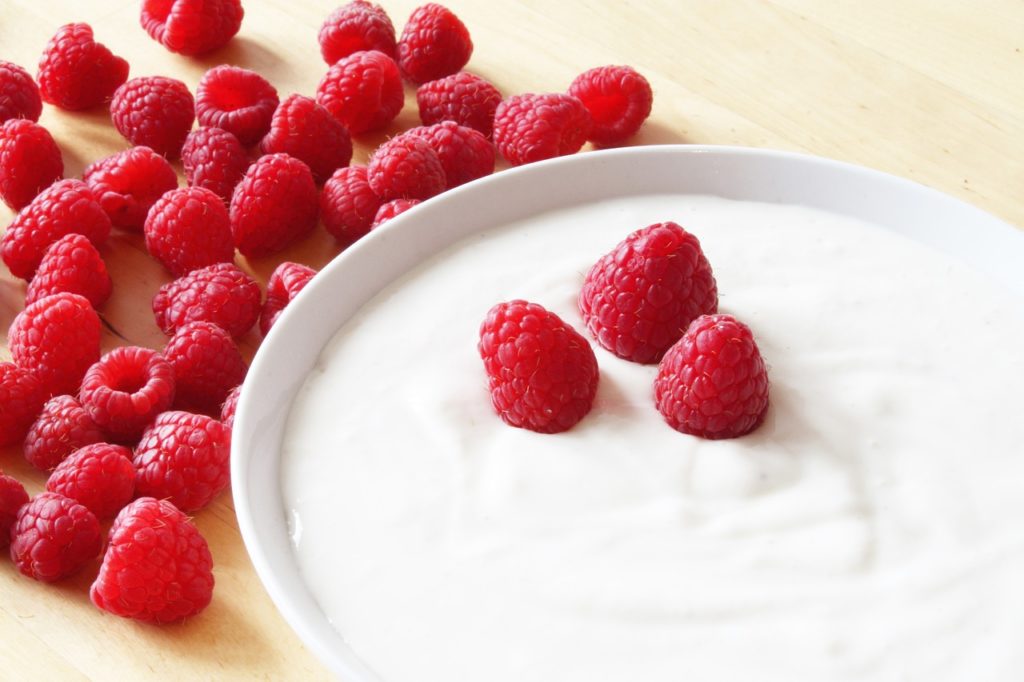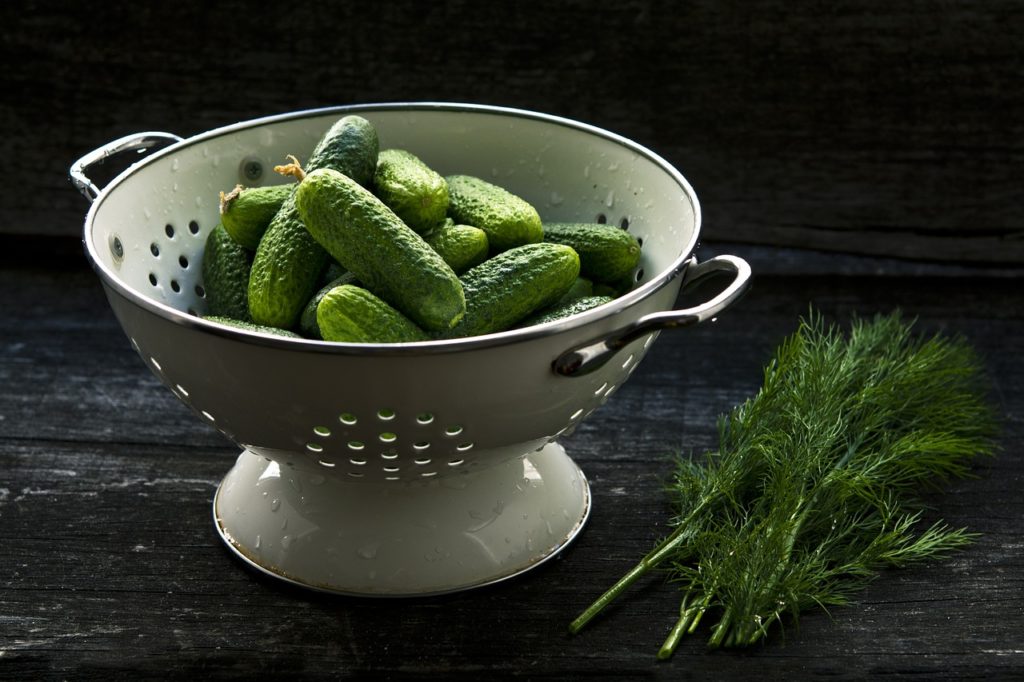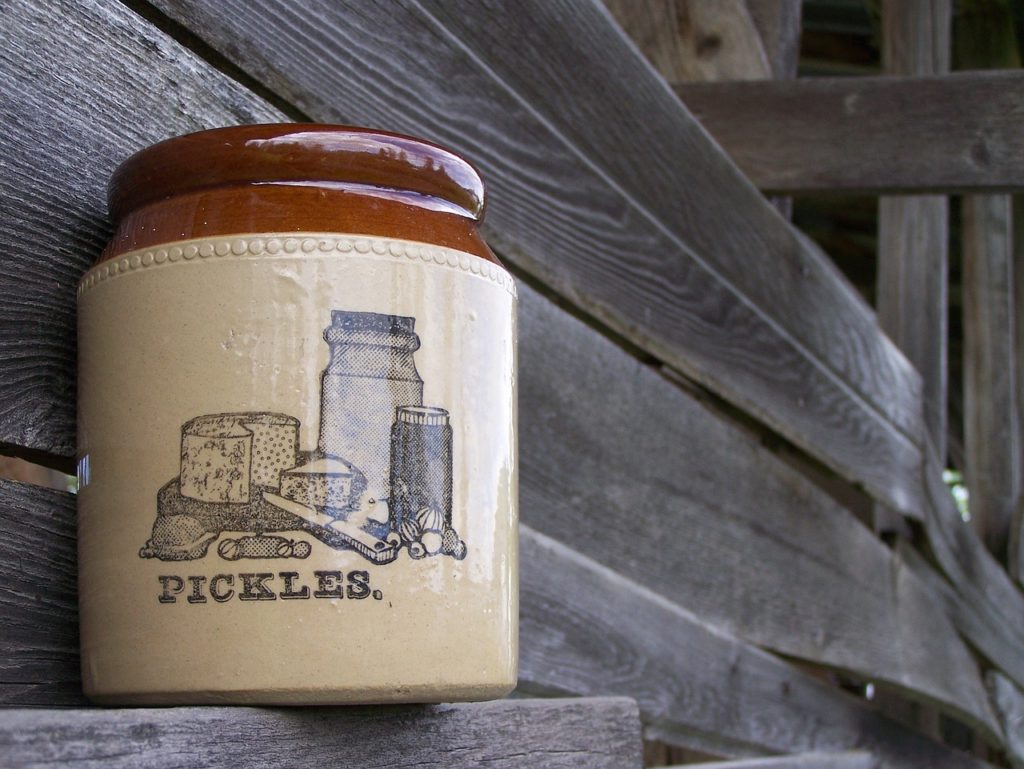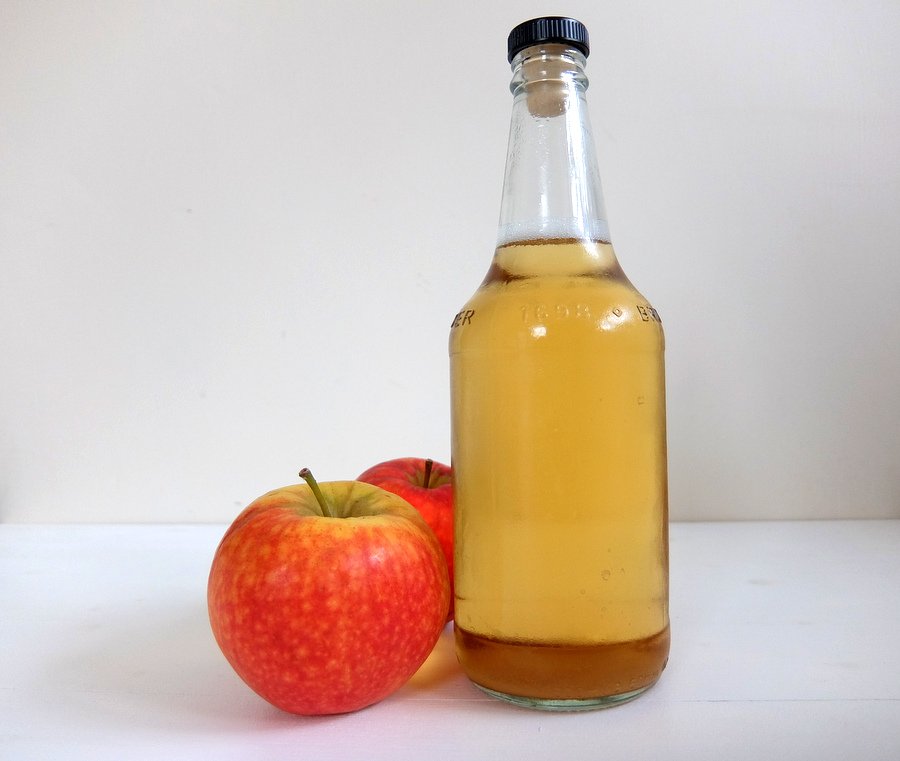Yogurt is milk that has undergone fermentation by certain strains of bacteria. Making yogurt at home from scratch is very simple and only requires milk (pasteurised is fine) and a yogurt culture which is available in many store-bought natural yogurts already. Once you have a yogurt made you can then reuse a little from your first batch to make another and then the next generation for the next. In this post, we will take a look at how to make yogurt from scratch.
Table of Contents
Making Yogurt 101
It may not seem like it but yogurt is actually preserved milk. In the sense that the shelf or fridge life of the milk has been extended. It fits in with our ethos here that preserving foods not just for the sake of making them last longer but because it can also make them taste delicious.
Making yogurt extends the shelf life of milk but only for a week or two and of course you still need to store yogurt in the refrigerator. The thing about yoghurt is that it is not really comparable to its main and only ingredient milk. We would usually think if milk and yogurt as two completely different things but all that yogurt is, is preserved milk. The way this transformation happens is due to a friendly type of bacteria called lactobacillus.
Milk + Lactobacillus = Yogurt
You have probably heard of lactobacillus before, it is a family of bacteria that crops up in a lot of preserved food and more recently probiotic drinks have touted the wonderful properties of these friendly bacteria. People have been utilising lactobacilli for thousands of years not only to make yogurt but also preserve other foods like vegetables and even fish and sausages.
Lactobacillus bacteria feed on sugars, the main sugar found in milk is lactose. The bacteria feed on the lactose in order to grow and reproduce and at the same time create lactic acid as a byproduct. It is this acid that helps preserve the milk by lowering the pH and therefore make it last longer as it is more resistant to spoiling bacteria. The acid also denatures proteins in the milk which bind up more water helping to give yogurt its semi-solid texture in comparison to milk.
To make yoghurt the only ingredients we need are milk and an ingredient to introduce lactobacillus to turn that milk into yogurt. There are commercial lactobacillus strains available to buy but the easiest way to get some is buying a regular tub of natural yogurt from the supermarket. A lot of store-bought yogurts contain live cultures and these are a great way to introduce lactobacillus into our yogurt. You can also use yogurt from a previous homemade batch as this will contain all the lactobacillus you will need.
Basic Steps In Making Yogurt
Heat up milk to 82°C / 180°F. This step denatures proteins in the milk to ensure you get a good texture and the yogurt doesn’t split.
Allow to cool to 46°C / 115°F and add your lactobacillus starter (store bought live yogurt or a previous batch of homemade yogurt).
Incubate the yogurt at 46°C / 115°F for 4 – 8 hours whilst the lactobacillus ferment the milk. Do not disturb during this period or the yogurt may split.
The longer you leave the yogurt to ferment the thicker and tarter it will become. I would generally recommend about 8 hours as an upper limit.
Refrigerate the finished yoghurt.
These basic steps are all that is required to make yogurt. It is the process of fermentation that turns the milk to yogurt and this will usually take between 4 – 8 hours. During this time the lactobacillus needs to be kept warm, ideally around 46°C / 115°F. This process of incubating the yogurt is crucial to making good yogurt. There are some commercial yogurt makers that will do this for you or you can make do with simpler methods I will explain below. First of though let’s take a look at some common yogurt makers.
Using A Yogurt Maker
Most yogurt makers consist of a set of 4 or 5 containers and an incubator that keeps the containers at a constant temperature.
The process of making the yogurt using the yogurt maker is the same as outlined above. You prepare the yogurt mixture by heating milk, cooling and then mixing in your starter culture. You would fill the containers of your yogurt maker with the yogurt mixture and then set the yogurt maker to incubate the yogurt for 4 hours checking the consistency after this time and allowing up to 8 hours for the yogurt to set.
Do You Need A Yogurt Maker To Make Yogurt?
A yogurt maker will help making yogurt a lot easier and with more consistent results each time. Fermentation is very temperature sensitive, we are relying on bacteria to transform the milk into yogurt so the better you look after them the better the finished product.
If you intend to make yogurt frequently I would highly recommend a yogurt maker as you can set it and leave it to do its thing without worrying the temperature will be off. You will also get a consistent yogurt each and every time.
You can make yogurt with another method that I am fond of. I have gotten consistent results using a thermos, this is how it works.
Making Yogurt Using A Thermos
A thermos makes a great incubator and I have found it to be really reliable. Unlike a yogurt maker which often has separate containers to make yogurt in a thermos, you make one large batch that you can then separate out afterwards.
You will want a wide-mouthed thermos to make yogurt in which will make getting the yogurt out easier and also the large the volume the better the yogurt will retain its temperature.
As before the process is the same, heat the milk to 82°C / 180°F and then allow to cool to 46°C / 115°F before adding the live yogurt. Pour into the thermos and incubate for 4 – 8 hours to ferment and then refrigerate after.
What You Need To Make Yogurt – Make 1 litre / 4 cups approx
- Large Sauce Pan
- Instant Read Thermometer
- Yogurt Maker or Thermos Flask
- Whisk
Yogurt Ingredients
- 1 Litre / 4 Cups Whole Milk (you can use semi-skimmed but whole makes a creamier yogurt)
- 3 tbsp of Live Natural Yogurt (make sure it has live active cultures on the label or use yogurt from a previous batch) or A sachet of Lactobacillus Yogurt Culture
Yogurt Making Method
To begin making yogurt we need to slowly heat the milk up to 82°C / 180°F (not to a boil) stirring to avoid scorching the milk on the bottom of the pan. This step will pasteurise the milk if you are using raw unpasteurised milk but it also alters the proteins in the milk. At this temperature the milk proteins are denatured which helps bind more water, the results are a better, thicker texture in the finished yogurt.
Once the milk reaches 82°C / 180°F remove from the heat. Allow the milk to cool down to 46°C / 115°F, you may want to sit the pan in a cold water bath to speed this process along. At this point whisk in the live natural yogurt or yogurt from a previous batch, you have made and ensure it is thoroughly mixed.
Pour the milk into the yogurt maker containers if you are using a yogurt maker or the thermos if you are using this method. Set the machine or seal the thermos and let the yogurt incubate for at least 4 hours. Do not disturb the yogurt maker or thermos during this time.
After 4 hours check the progress of the yogurt fermentation. To check the progress tilt the container slightly and check the thickness, it should be around the same consistency as double/heavy cream. If it is too thick leave the yogurt to incubate for a few more hours or up to 8 hours for the bacteria to finish fermenting the milk.
Once fermentation has finished the yogurt can be refrigerated. The yogurt will last around a week.

Yogurt Making Tips
It is important that the yogurt is not disturbed whilst being incubated. There may be a tendency to split into curds and whey if the yogurt is stirred or disturbed so it is important that if you have to move the yogurt to do so gently.
Temperature is important when making yogurt. If the milk is too hot it will kill the yogurt lactobacillus culture you add and fermentation won’t start, if it is too cold the lactobacillus will not grow and ferment. A good thermometer is essential when making yogurt.
After a certain amount of generations or batched of making yogurt with the same culture you may find the consistency of the yogurt thins and it stops fermenting as well. If this happens you will want to get a fresh culture from a live yogurt. This is more common if you are using store-bought live yogurts, if you use purpose made cultures they will last a lot more generations.





